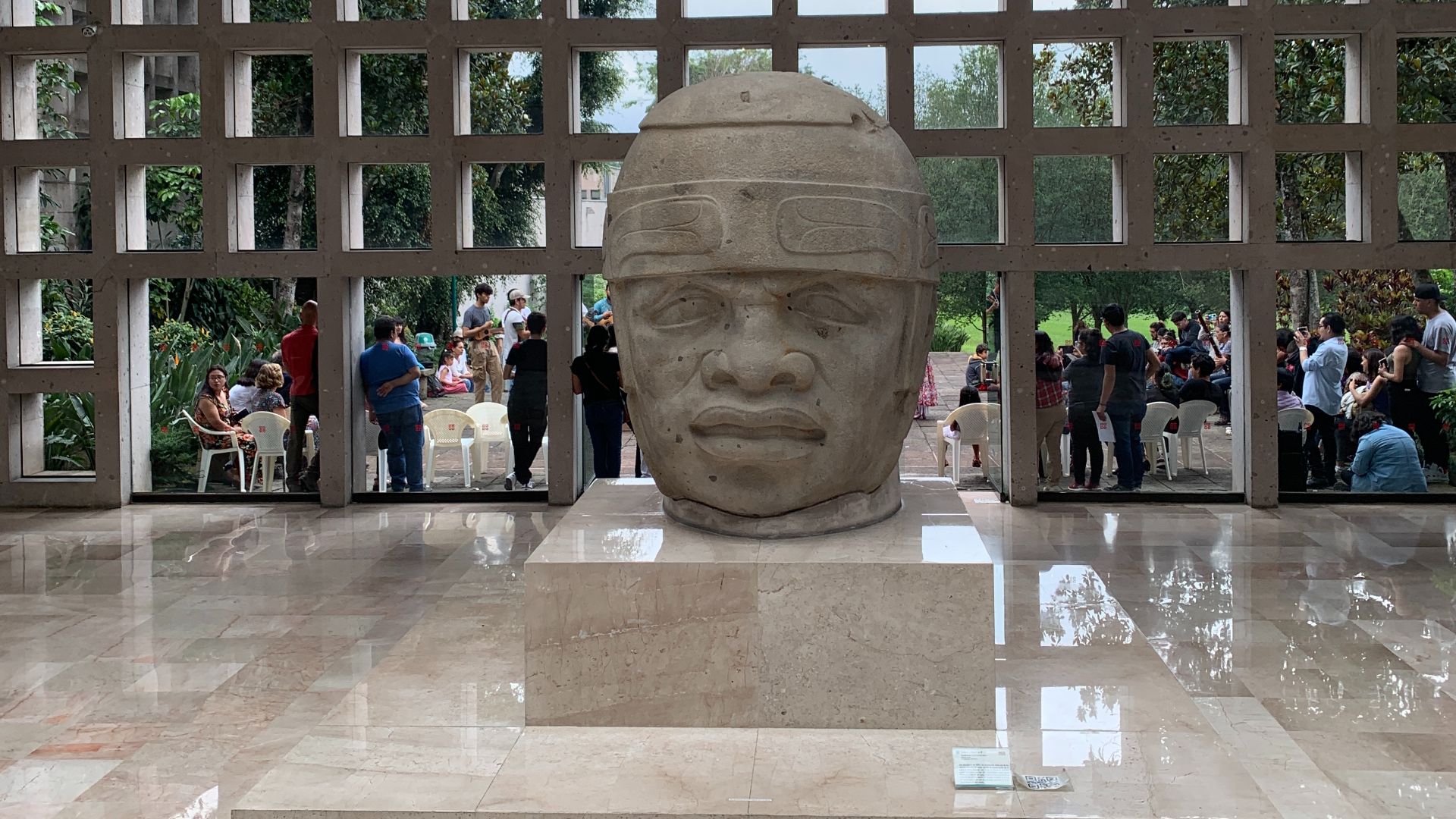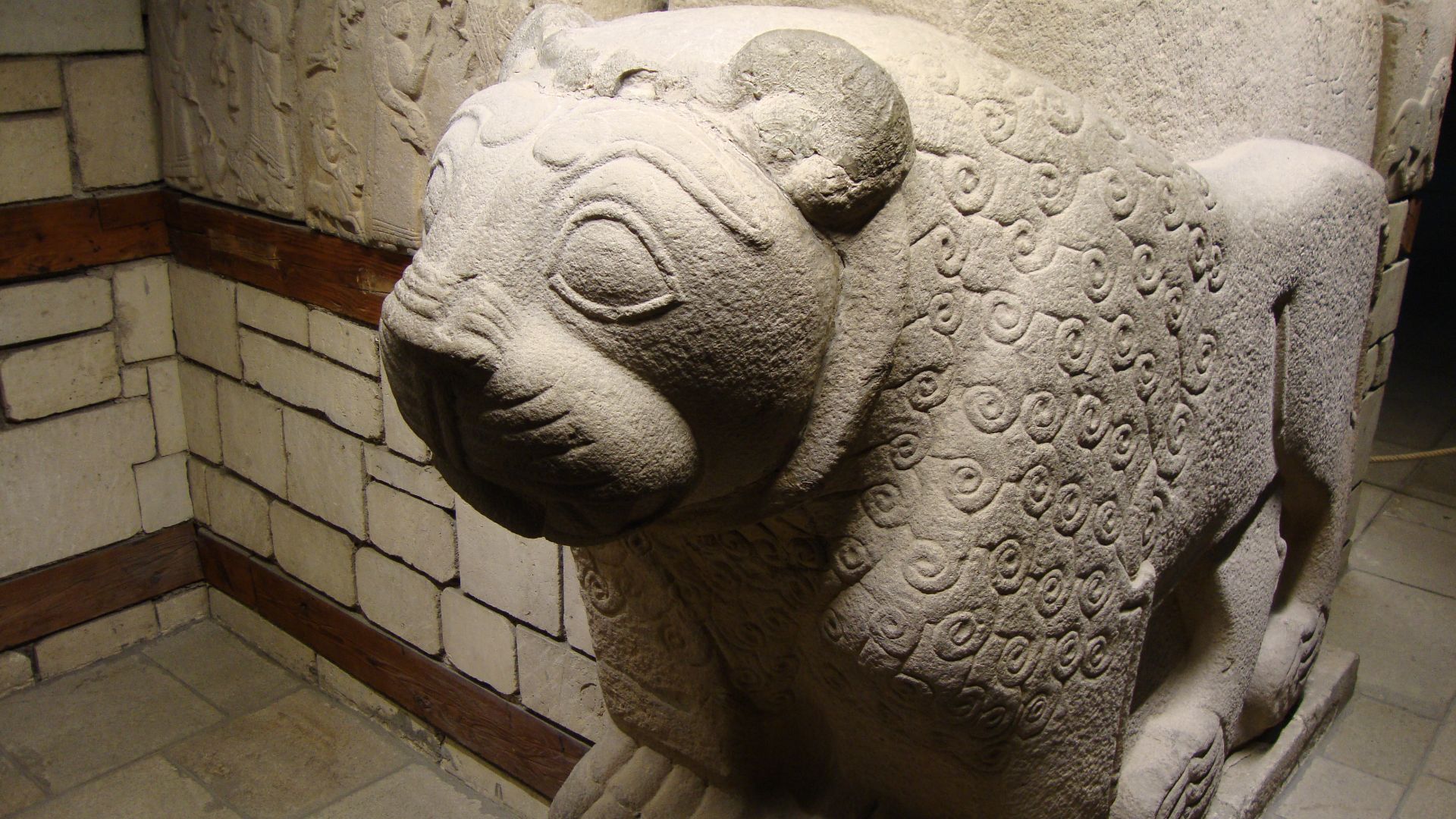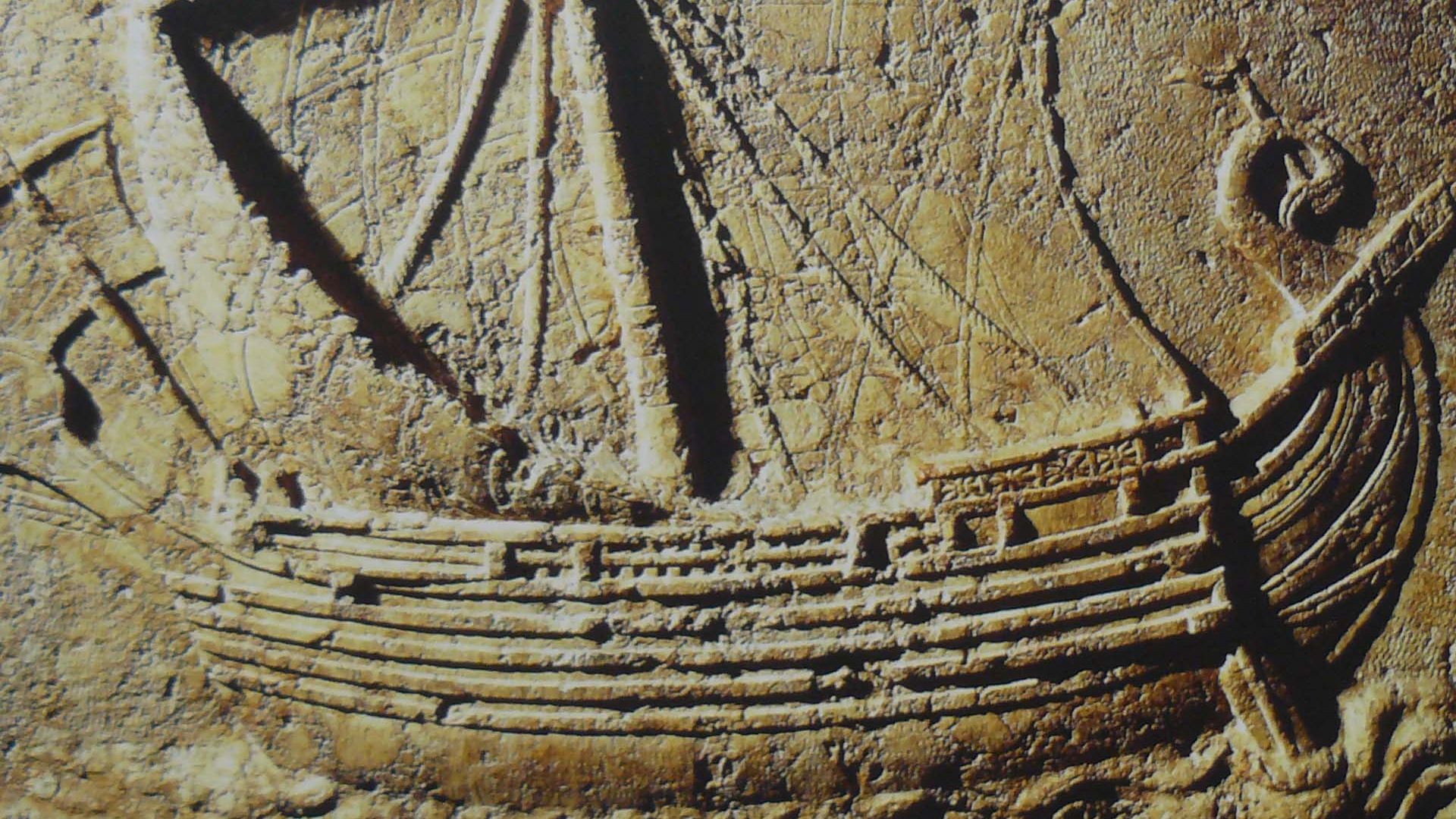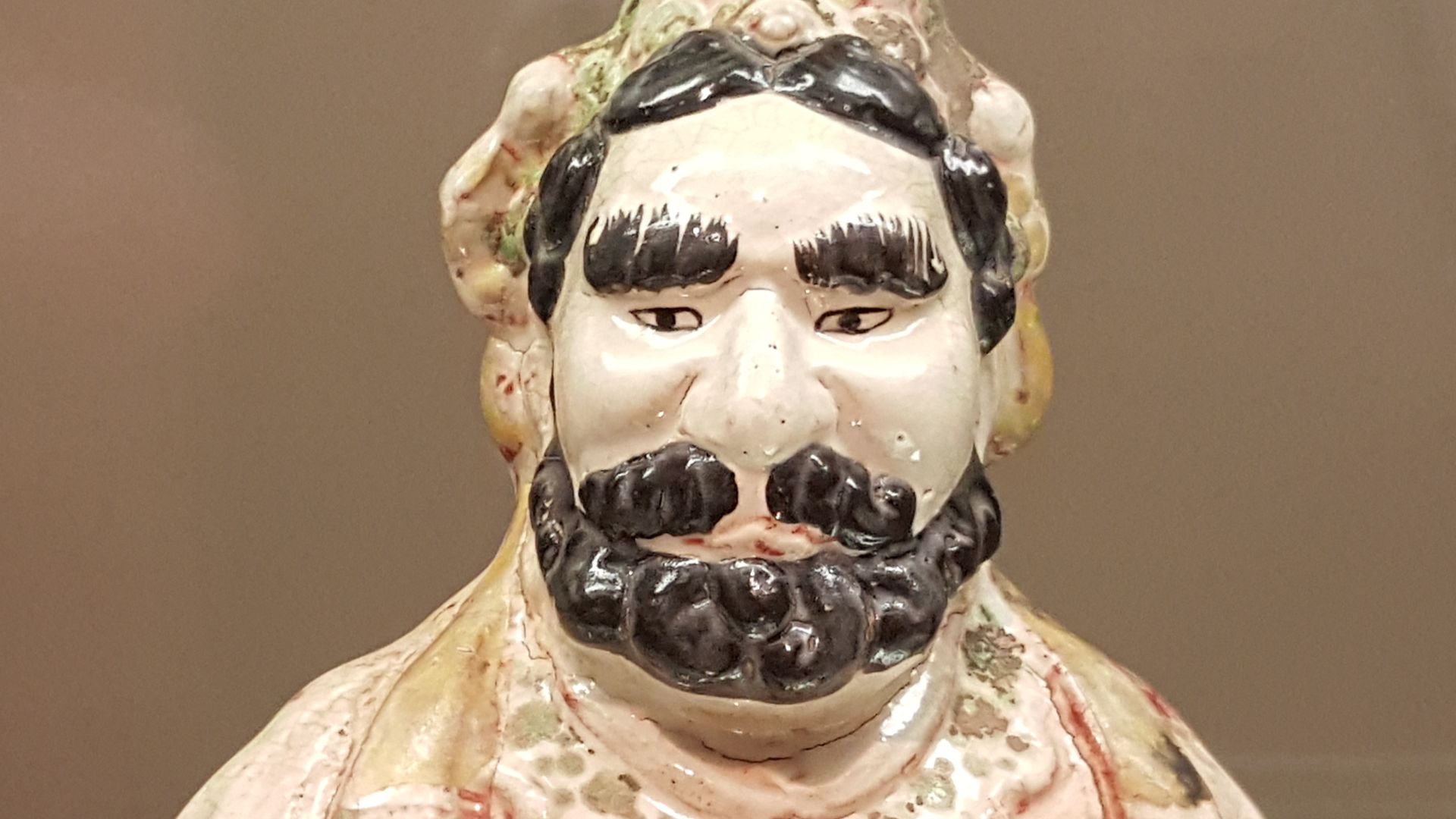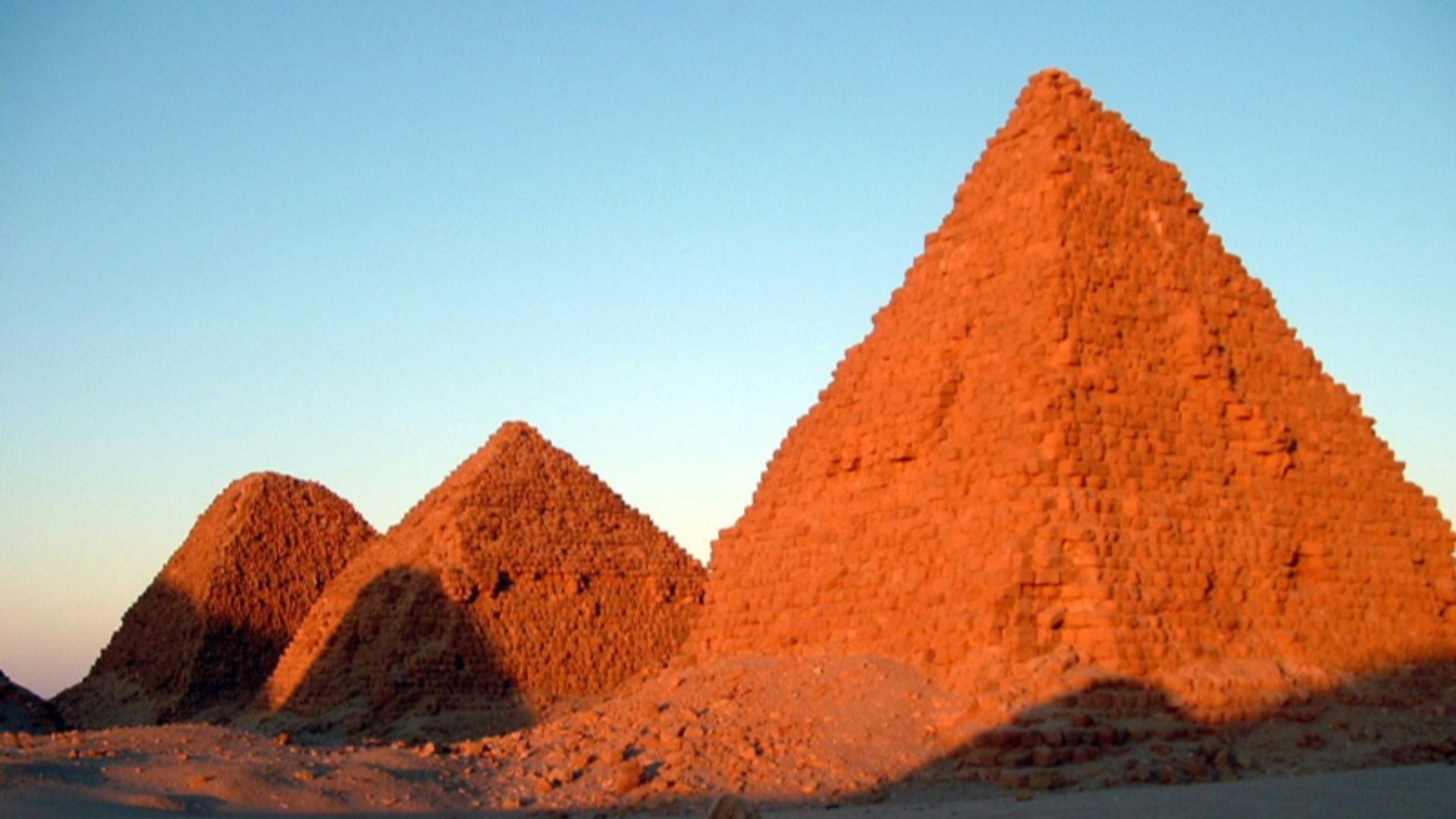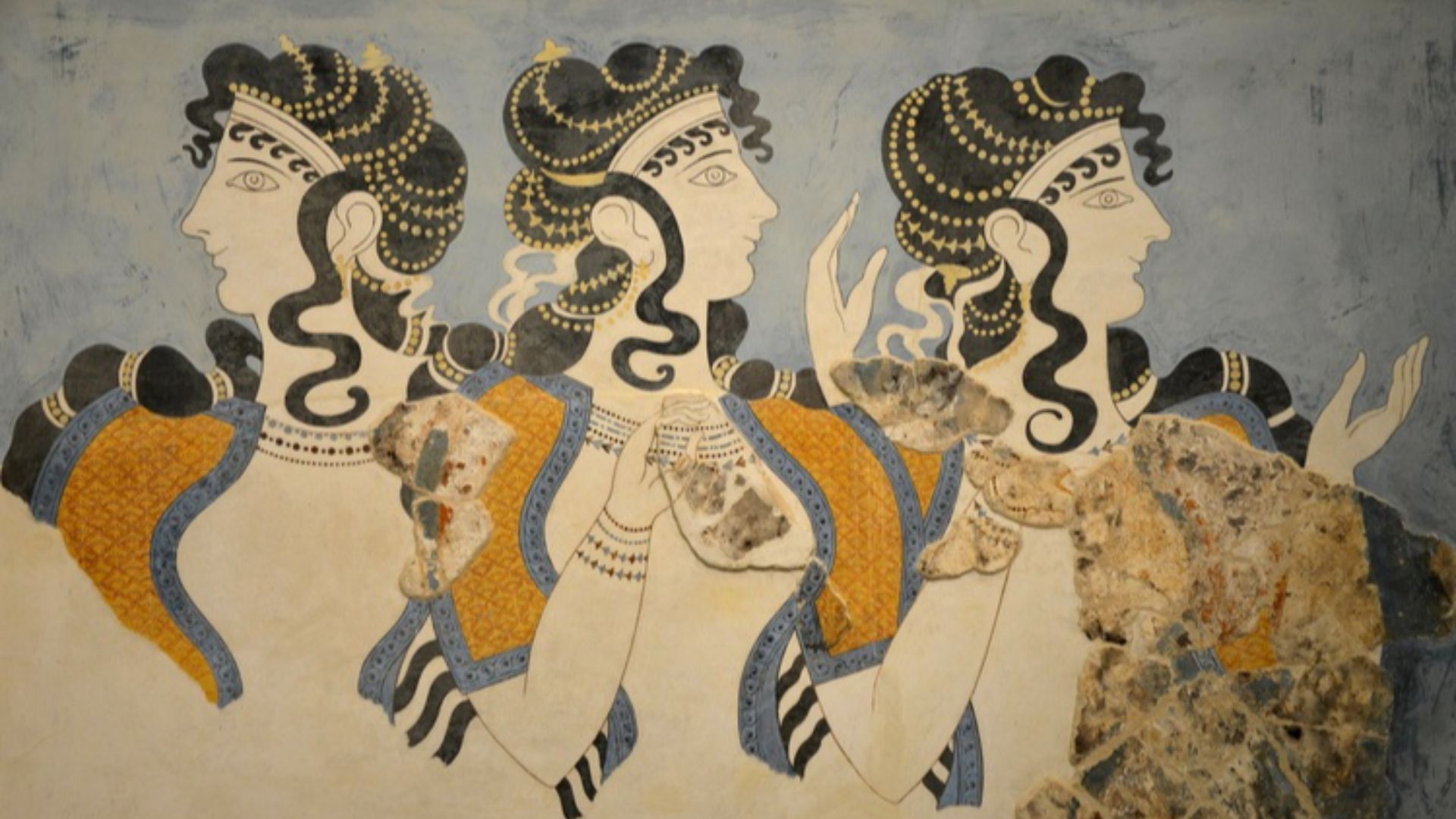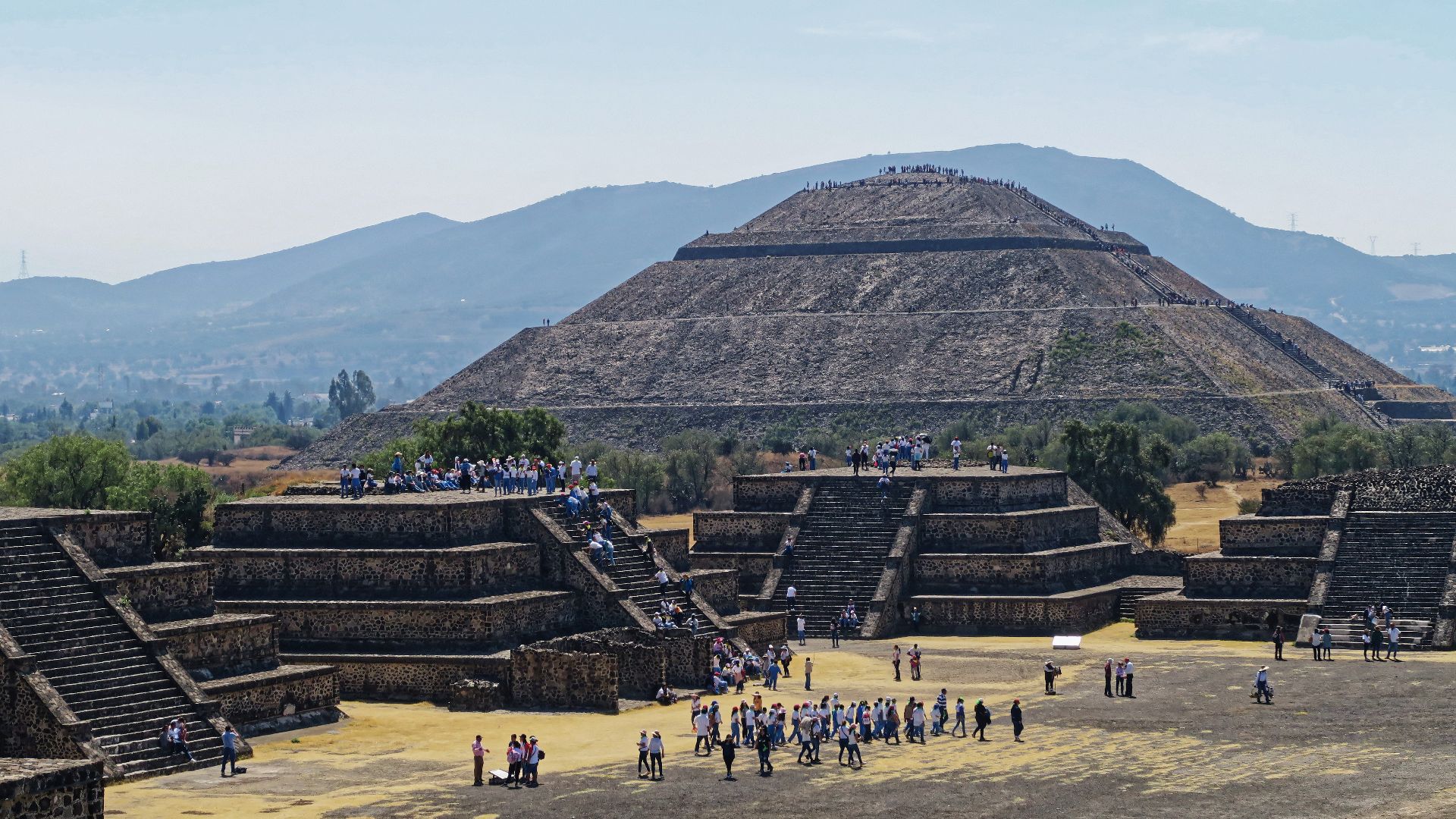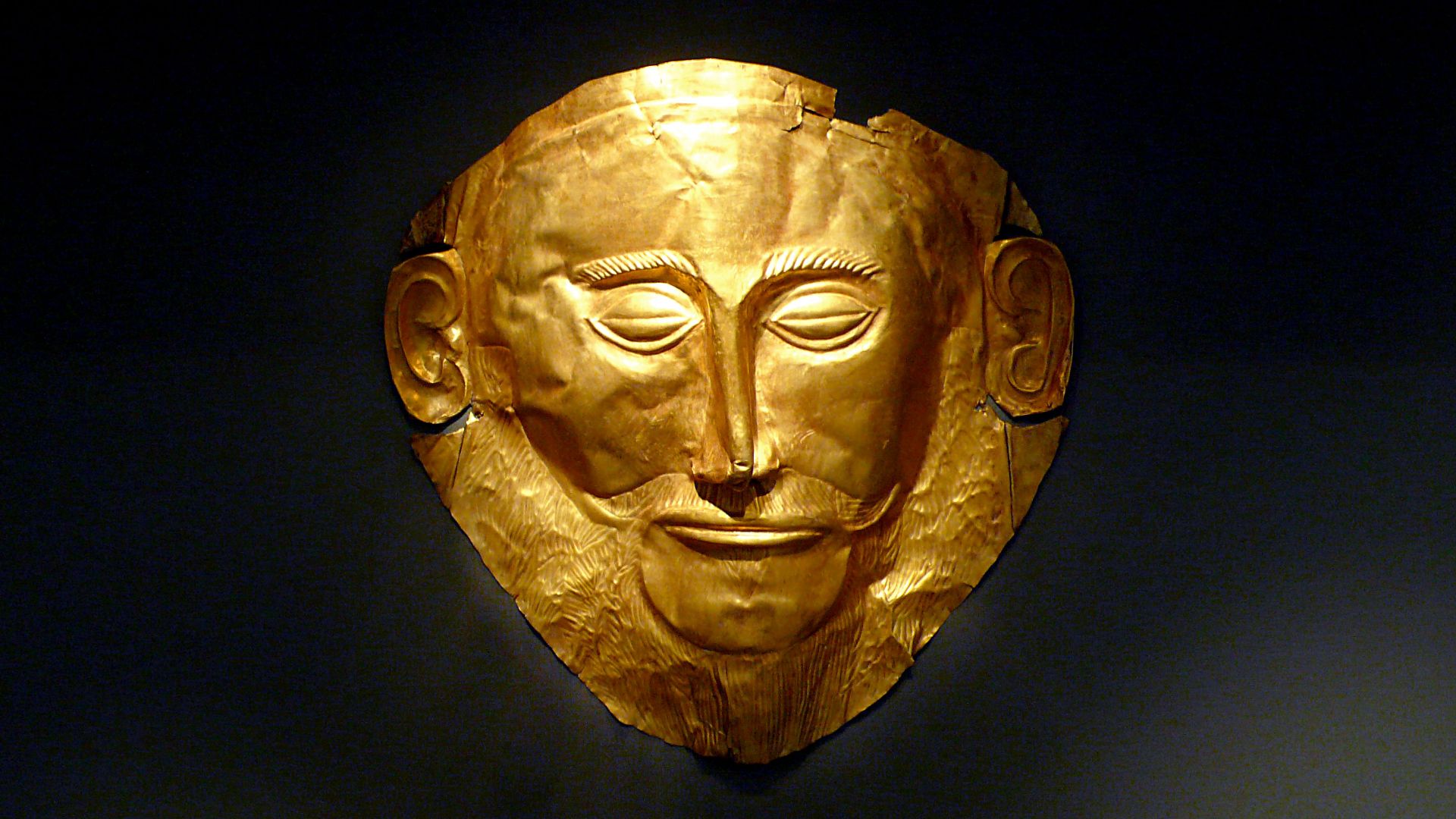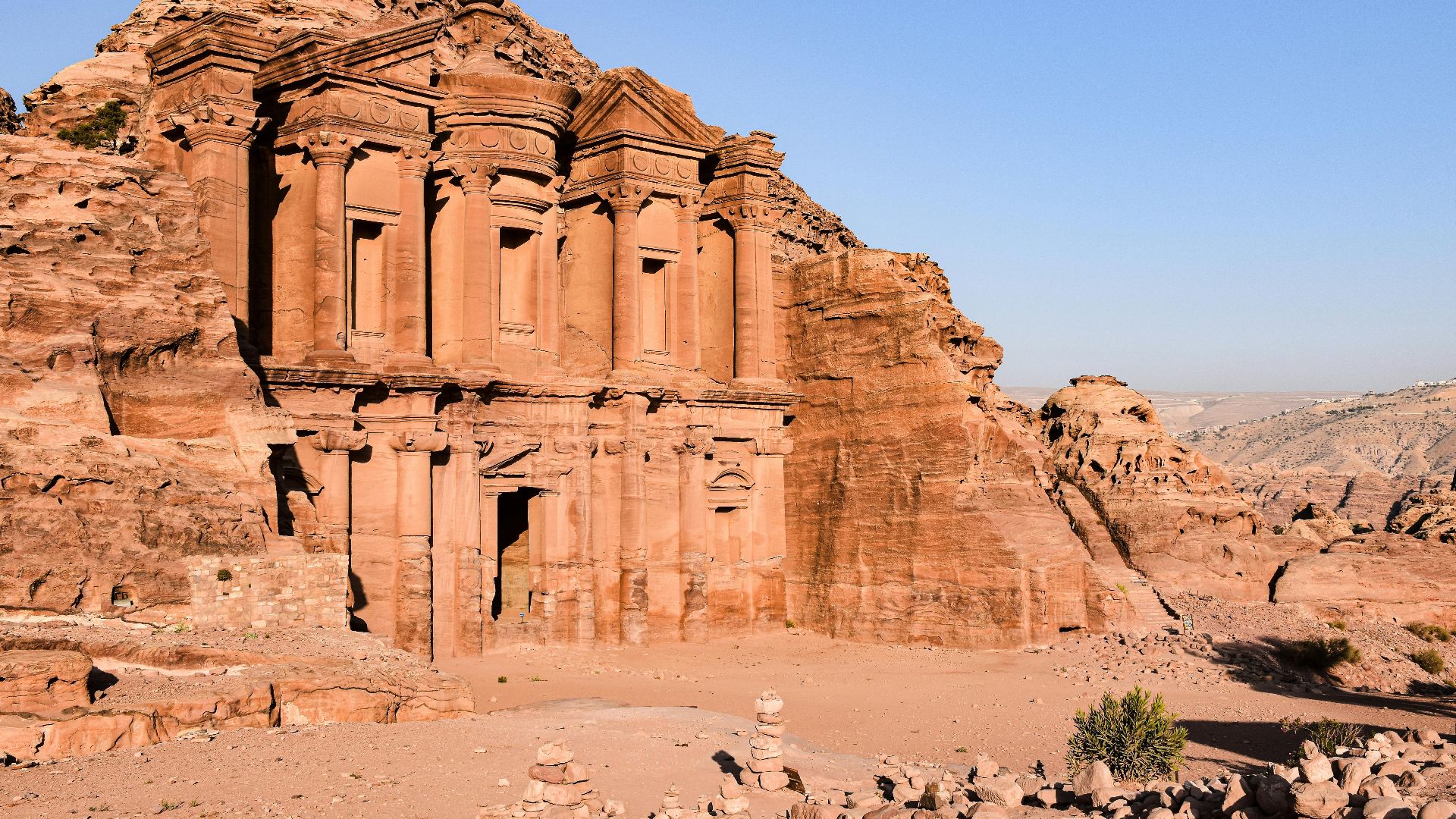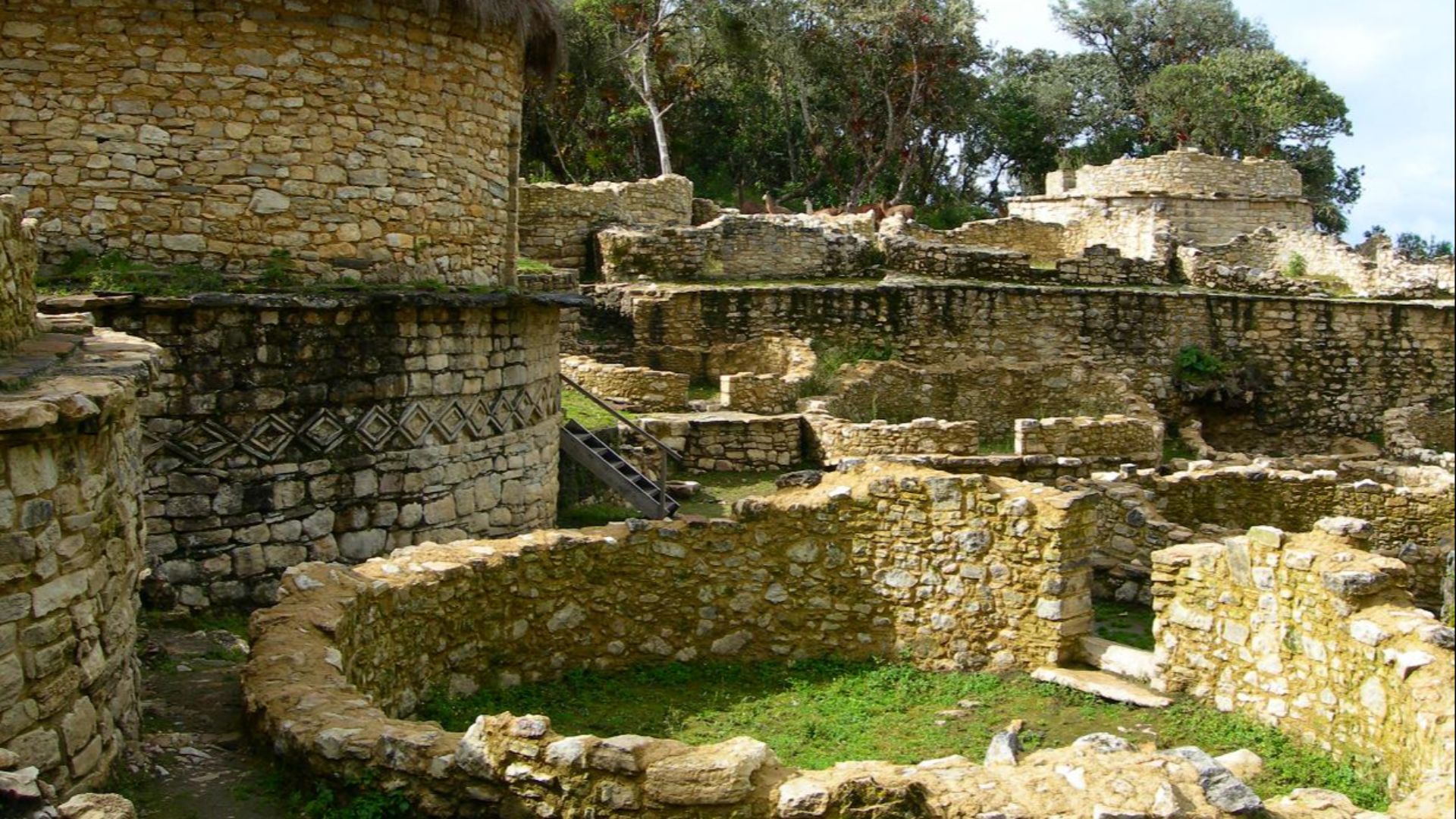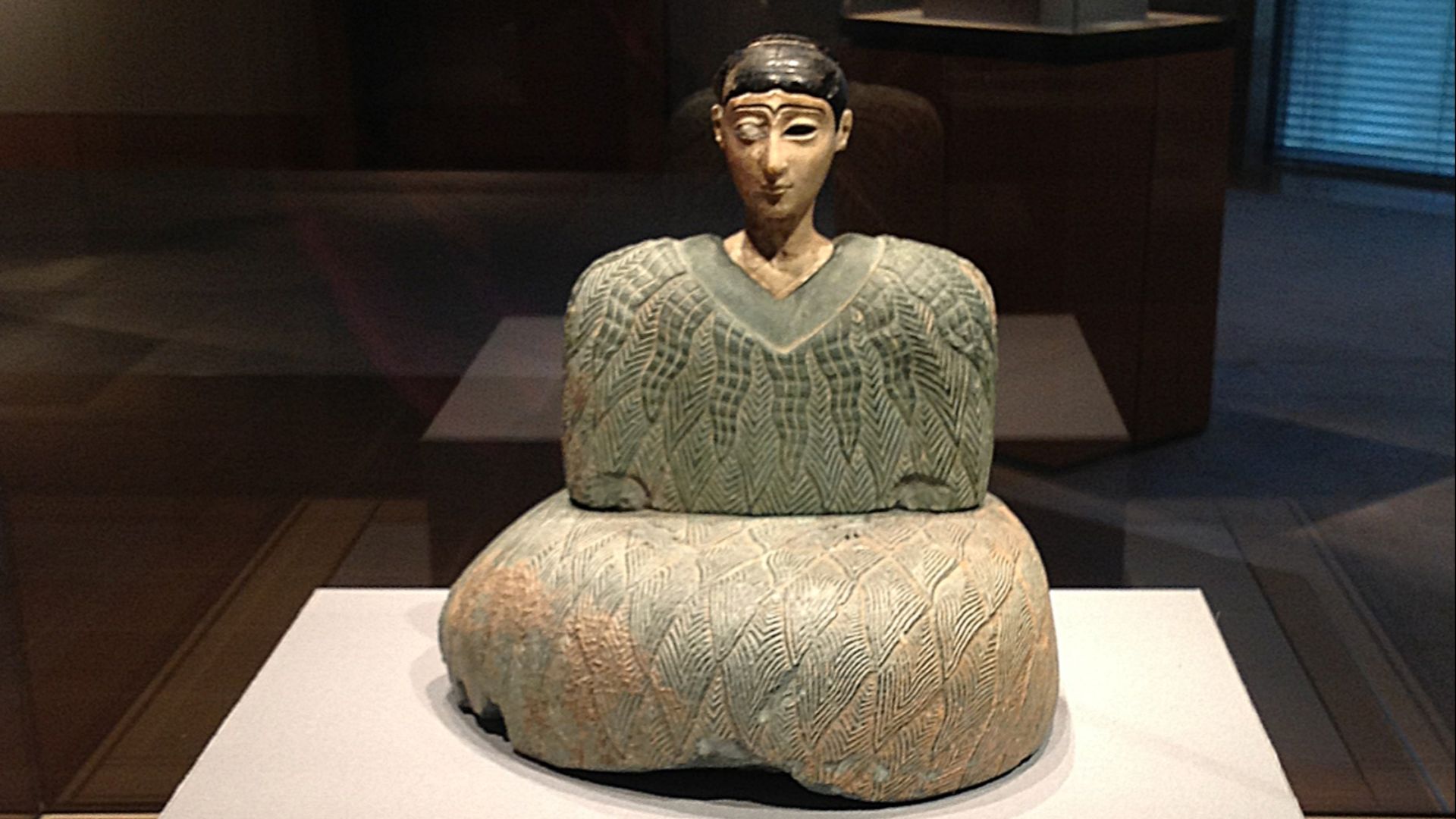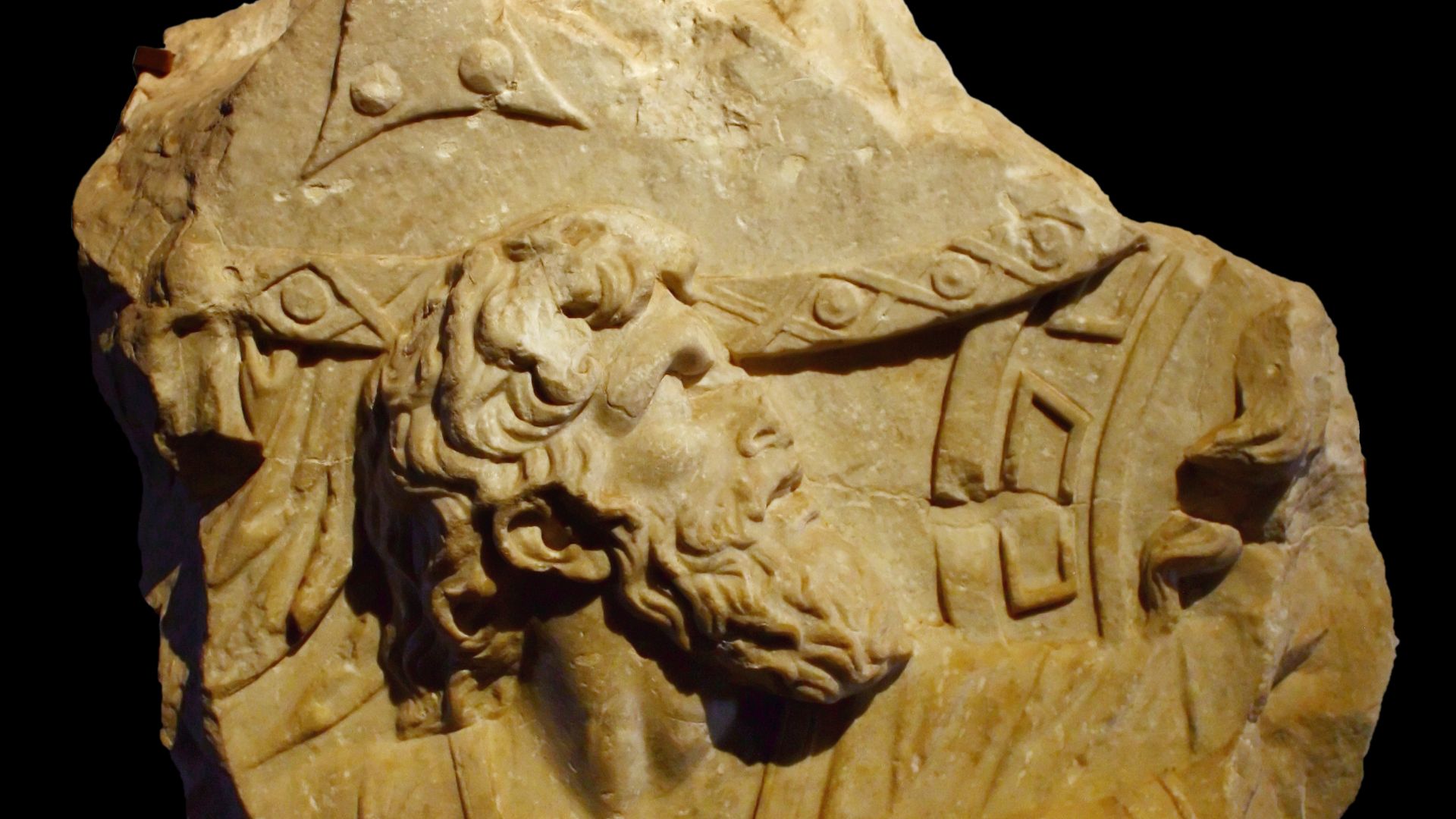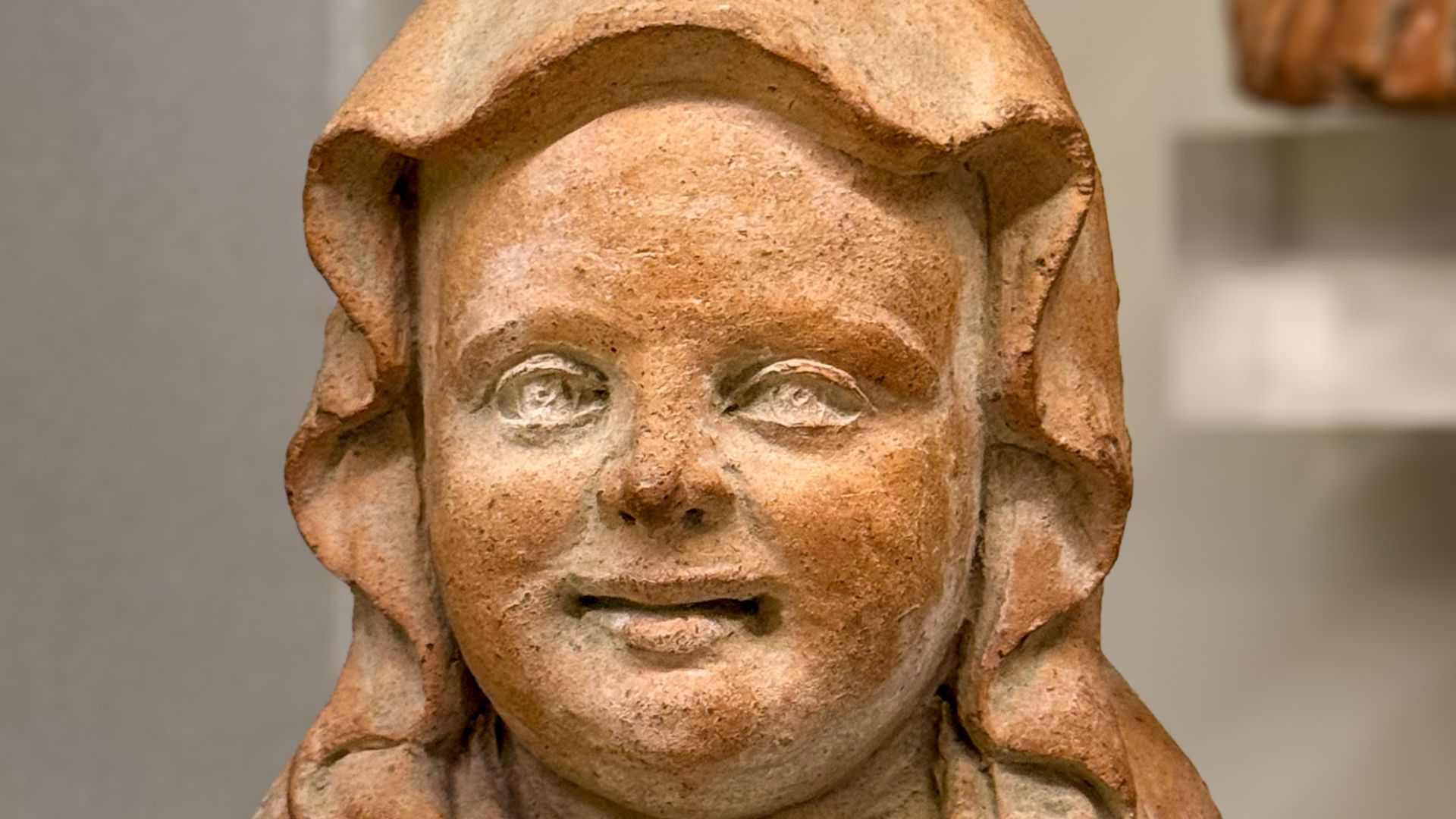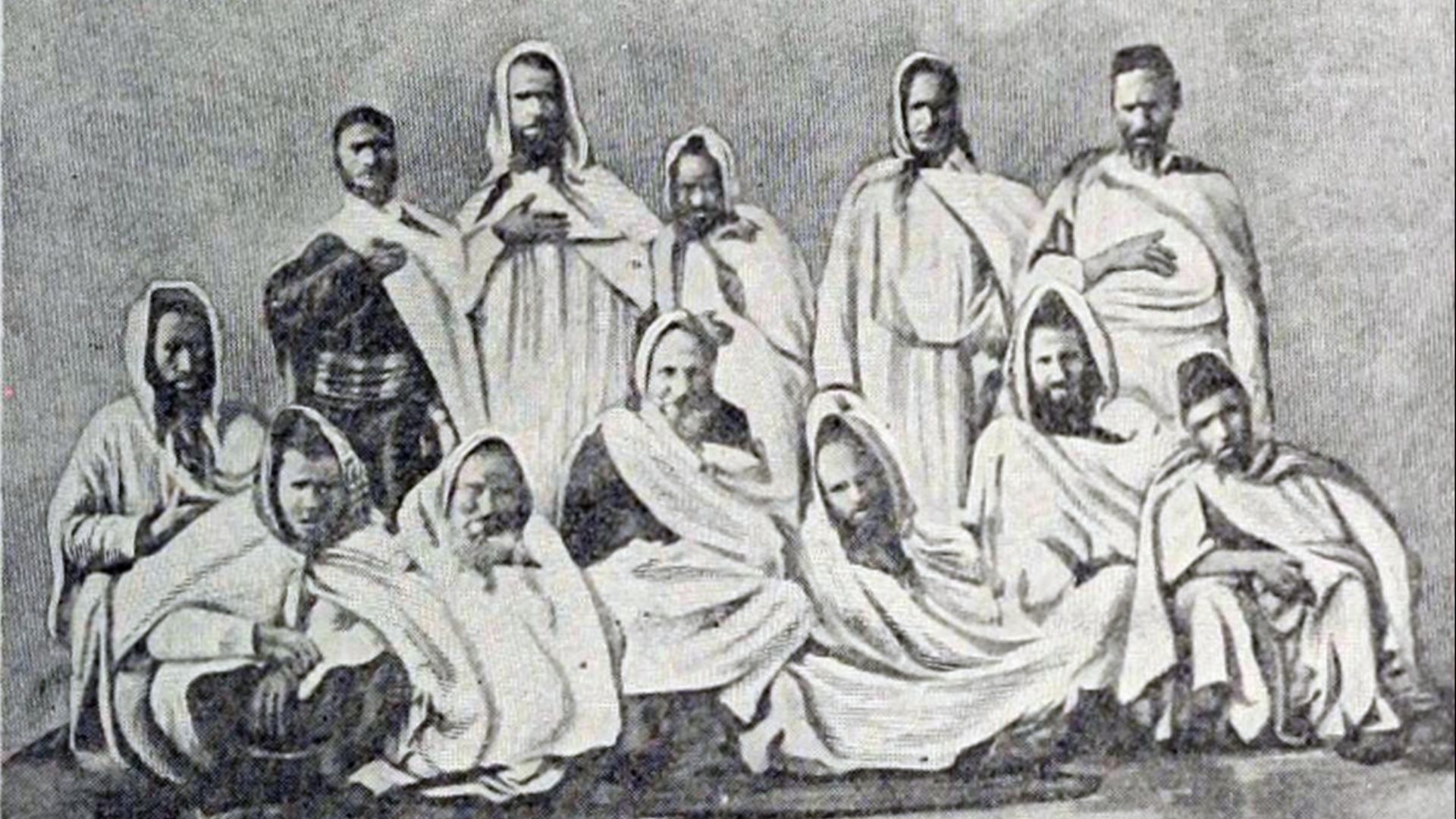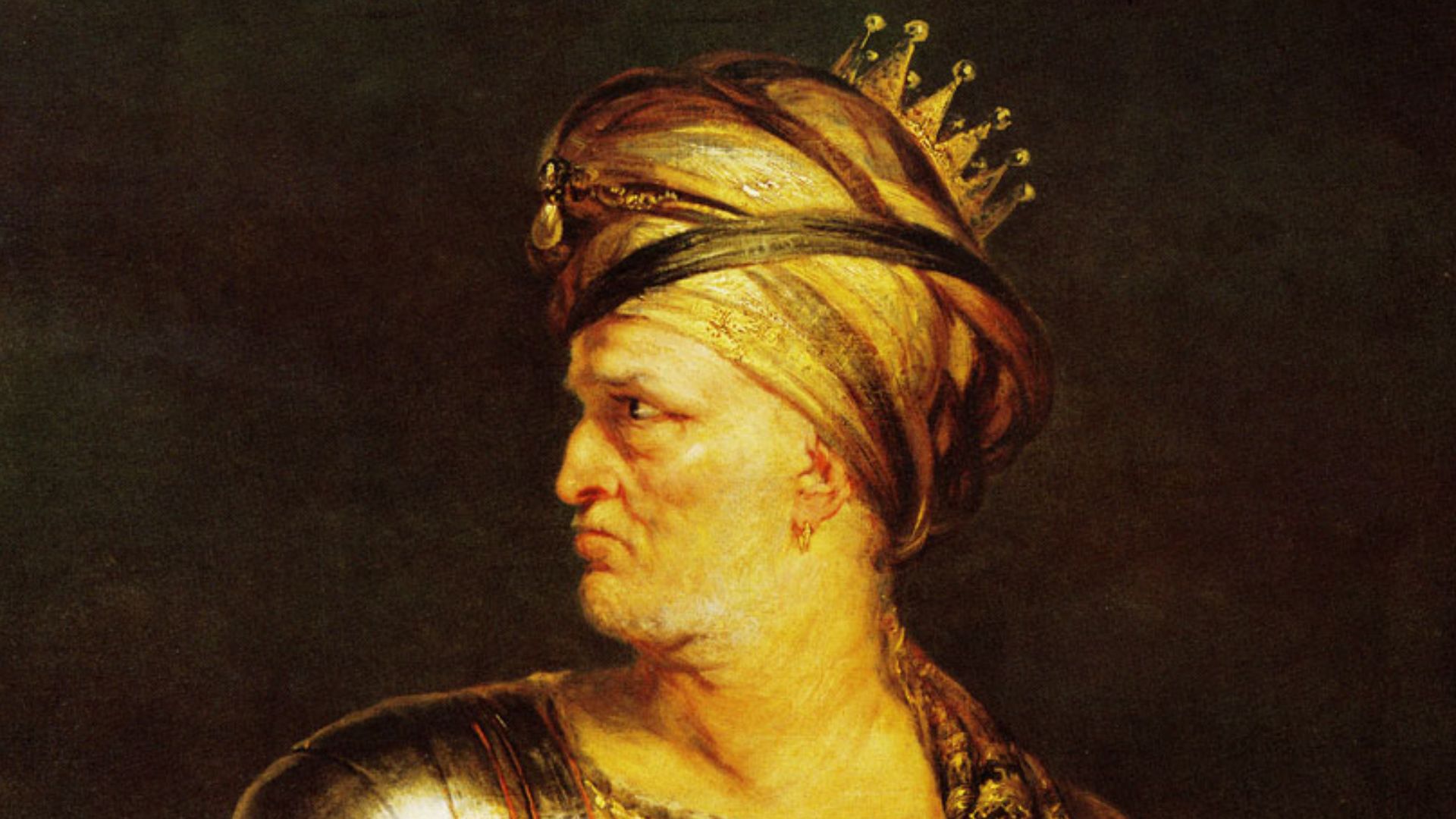History’s Forgotten Civilizations
Ever feel like history class only ever talked about the popular kids of the ancient world? Egypt strutted in with its pyramids, and Greece hogged the spotlight with toga parties. Meanwhile, dozens of other civilizations were out there doing amazing things—only to be completely snubbed by your textbook. So, it's time to dust off the forgotten chapters and give credit to 20 overlooked ancient civilizations you never really hear about.
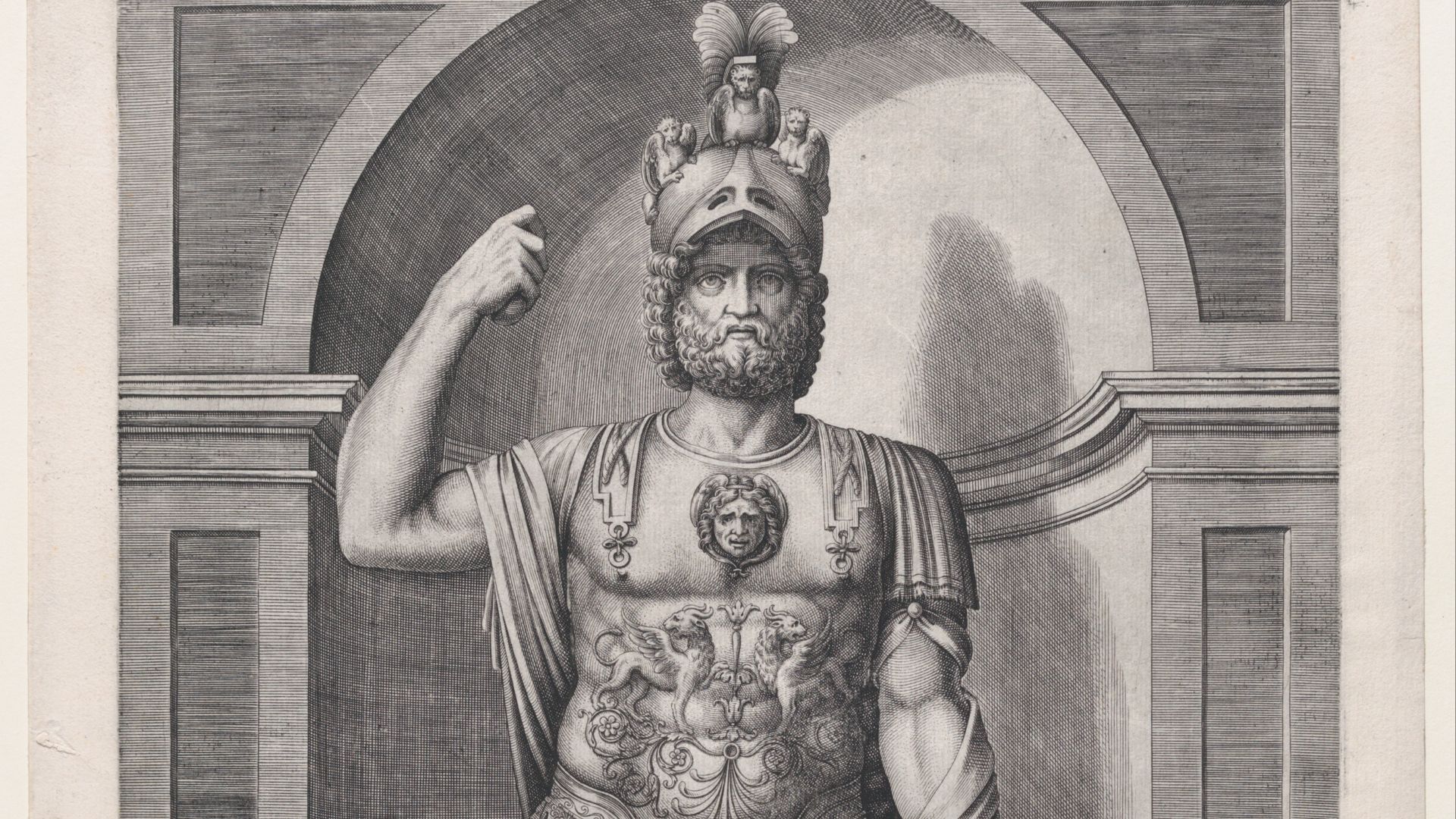 Jacob Bos / Antonio Salamanca on Wikimedia
Jacob Bos / Antonio Salamanca on Wikimedia
1. The Sumerians: Mesopotamia, Iraq
Sumerians pioneered civilization over 5,000 years ago in ancient Mesopotamia, creating the world's first writing system—cuneiform. This breakthrough helped record laws, trade, and poetry. Have you ever heard of the Epic of Gilgamesh? It’s one of their famous literary works.
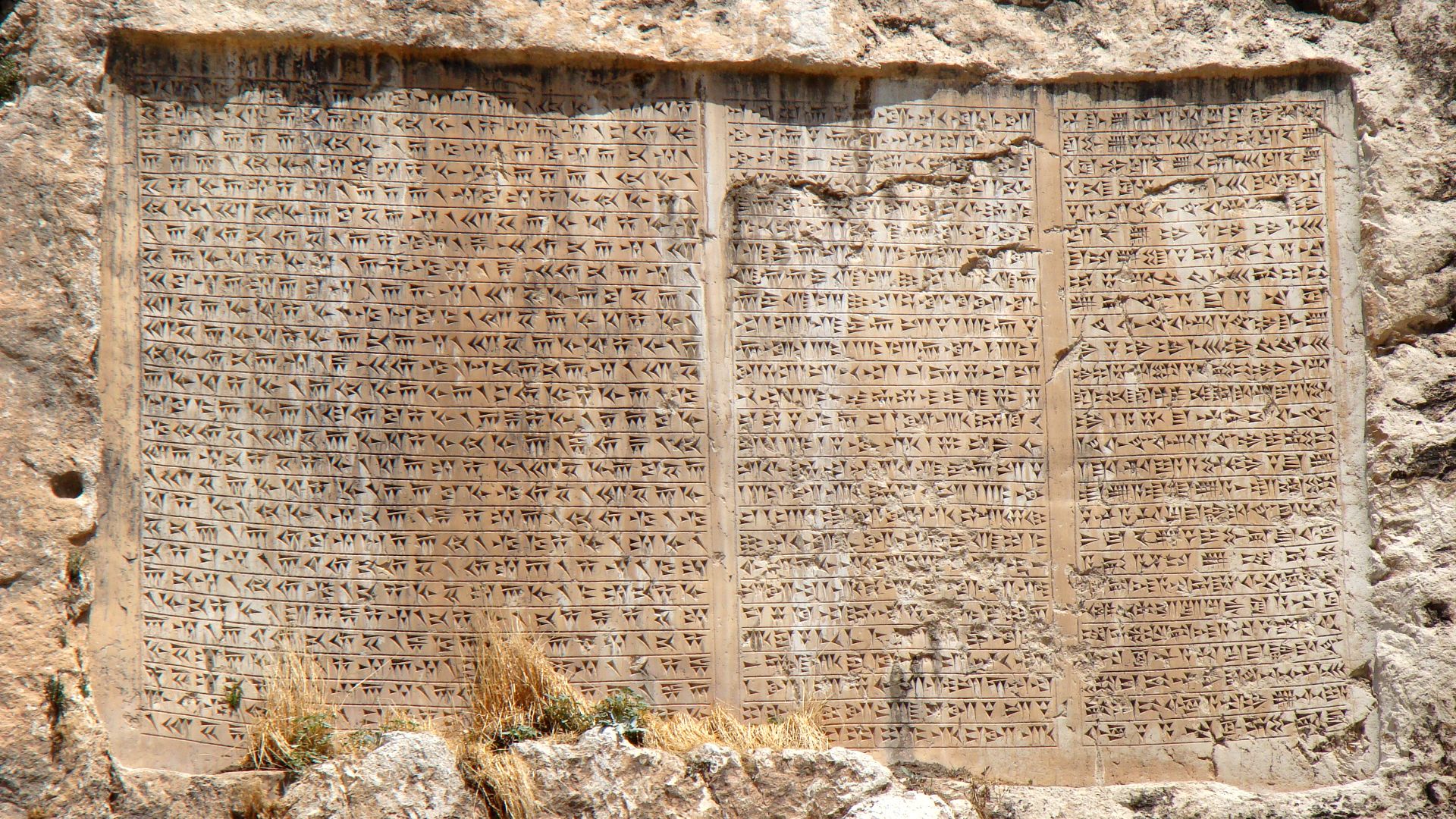 Bjørn Christian Tørrissen on Wikimedia
Bjørn Christian Tørrissen on Wikimedia
2. The Olmecs: Mesoamerica, Mexico
Called the "Mother Culture" of Mesoamerica, the Olmecs created monumental stone heads, some weighing over 40 tons! They were also early pioneers of writing and calendars. Their advanced art and innovations had a lasting impact on future civilizations like the Maya and Aztecs.
3. The Hittites: Anatolia, Turkey
The Hittites ruled Anatolia in 1600 BCE, creating an empire that rivaled Egypt. With advanced ironworking and chariot warfare, they controlled vast territories. Their legal systems even influenced later civilizations. Still, their empire vanished mysteriously. What happened to them? History has its secrets.
4. The Kingdom Of Axum: Ethiopia
From 100 CE to 940 CE, the African empire of Axum stood as one of the world’s dominant trading powers. Known for its colossal obelisks and early adoption of Christianity, Axum’s trade routes linked Africa, Arabia, and the Roman Empire.
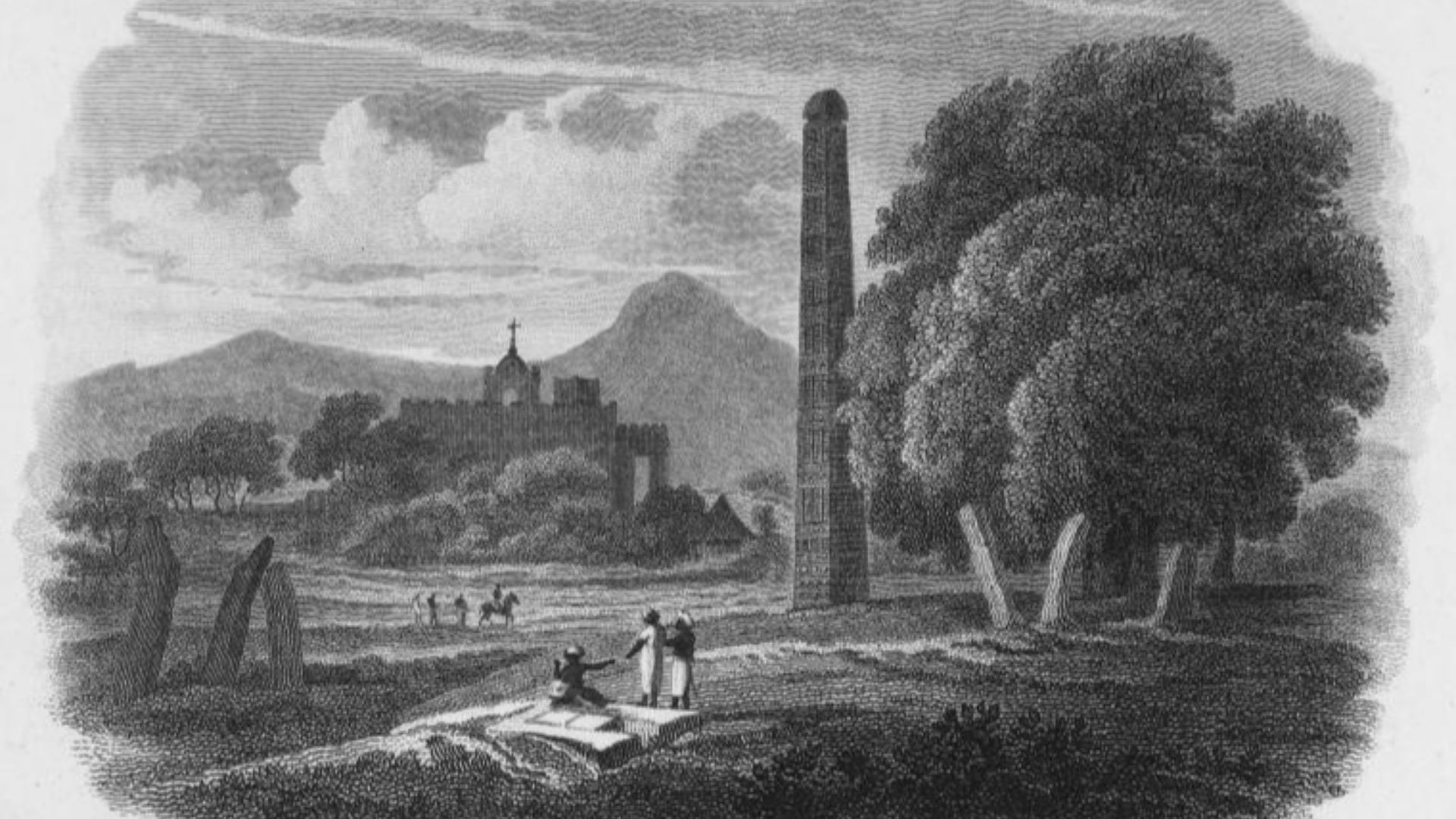 Charles Heath / After Henry Salt on Wikimedia
Charles Heath / After Henry Salt on Wikimedia
5. The Phoenicians: Lebanon, Mediterranean
The Phoenicians were the original masters of the sea, as they crafted sturdy ships that carried them across the Mediterranean. Beyond their mastery of maritime trade, they invented an alphabet that became the blueprint for many others, including Greek and Latin.
6. The Sogdians: Central Asia
Sogdians, an ancient Iranian people, were the key players on the Silk Road. From 500 BCE, they facilitated trade between the East and West. Their influence stretched across Central Asia, blending cultures. Did you know they even influenced China’s imperial court? Intriguing!
7. The Kingdom Of Kush: Sudan
To the south of Egypt, Kush was the land of formidable pharaohs who governed both Egypt and Nubia. They built towering pyramids and created one of the most powerful empires in Africa. Ever heard of the "Kushite Dynasty"? These rulers left a lasting legacy in Egypt.
8. The Scythians: Eurasian Steppes
In 700 BCE, the Scythians were feared for their cavalry and renowned as master archers, roaming the vast Eurasian steppes. They dominated regions from Central Asia to Europe. Yet, despite their power and influence, their legacy seems to have faded into the background of history.
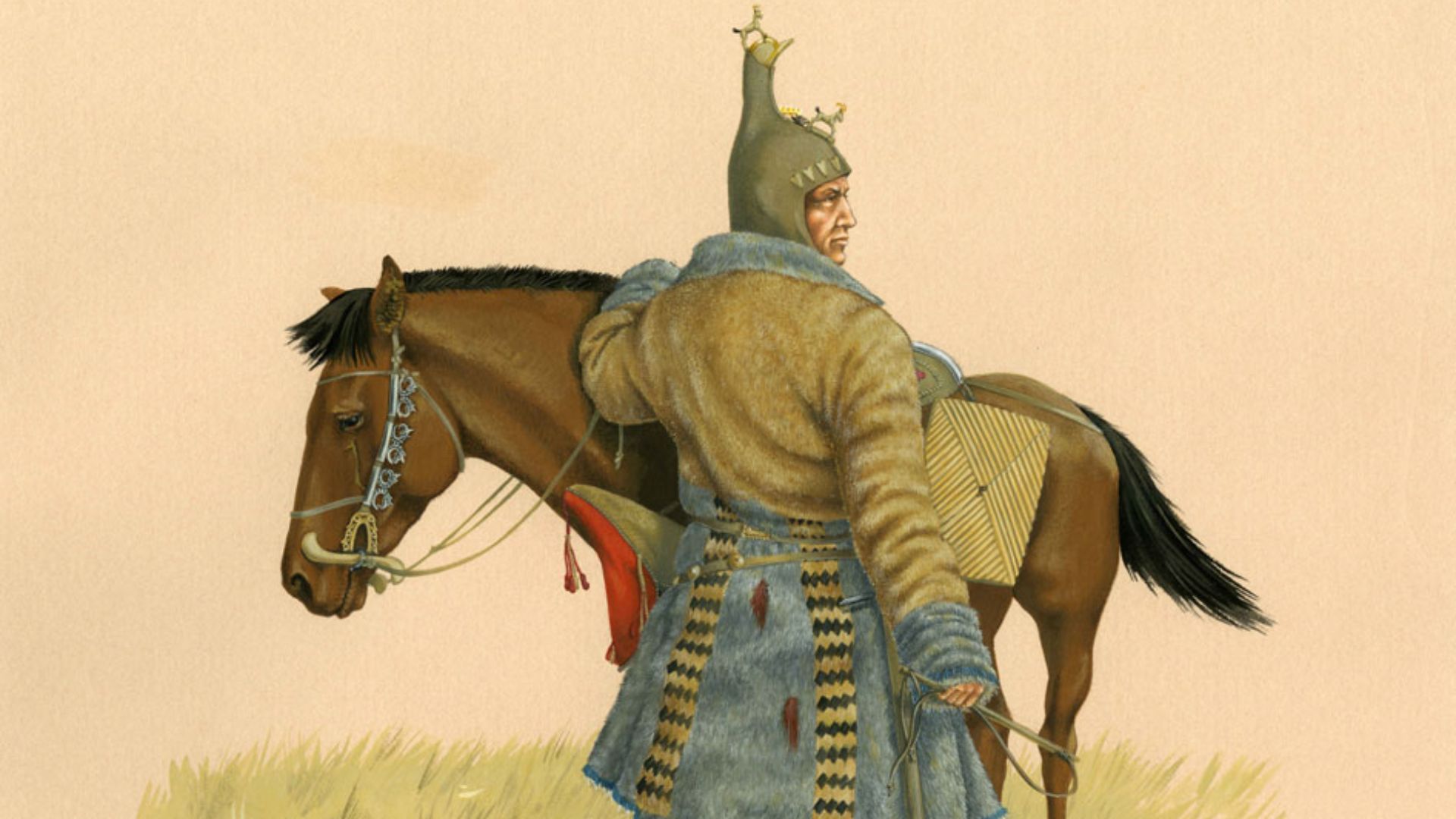 Dimitri Pozdniakov on Wikimedia
Dimitri Pozdniakov on Wikimedia
9. The Minoans: Crete, Greece
Minoans were masters of art, architecture, and trade. Their island civilization flourished from around 3000 BCE to 1450. They excelled as seafarers, establishing extensive trade networks across the eastern Mediterranean, including contacts with Egypt and the Near East. Also, their advanced palaces, such as Knossos, showcase their cultural sophistication.
10. The Teotihuacans: Mexico
The Teotihuacans built one of the most impressive cities in ancient Mesoamerica. Their city, with its grand pyramids and complex layout, was a cultural and religious center. The origins and fall of Teotihuacan still intrigue historians, and its architectural wonders remain evidence of the civilization’s engineering brilliance.
11. The Mycenaeans: Greece
The Mycenaeans, who thrived from 1600 BCE to 1100 BCE, were influential early Greek warriors whose culture left a lasting mark on Homer’s Iliad and Odyssey. One of their most famous artifacts was named the “Mask of Agamemnon” by Heinrich Schliemann. However, the mask predates the Trojan War and isn't connected to the mythical king.
12. The Nabateans: Jordan
Carving entire cities out of sandstone cliffs wasn’t just impressive—it was revolutionary. The Nabateans, who flourished in what's now Jordan, engineered Petra with advanced water systems and architecture. Petra's pink-hued wonder still leaves visitors speechless.
13. The Chachapoya: Peru
Known as the “Cloud People,” the Chachapoya civilization thrived in the Andes mountains. With intricate burial sites and impressive fortresses, they left a unique mark on pre-Inca Peru. Did you know their Kuelap fortress rivals Machu Picchu in scale and mystery?
14. The Hellenistic Kingdom Of Bactria: Afghanistan
Greek culture once thrived far beyond the Mediterranean, thanks to the Hellenistic Kingdom of Bactria. Centered in modern-day Afghanistan, this fusion state blended Greek art, language, and religion with local customs. Coins, sculptures, and ruins still whisper stories of a forgotten eastern Greece.
15. The Parthians: Iran
The Parthians ruled ancient Iran from 247 BCE to 224 CE, standing in the way of Roman expansion. They were masters of cavalry, using hit-and-run tactics to battle the Romans. Lastly, their empire was an important cultural and military force that often goes unnoticed in history.
16. The Etruscans: Italy
Before Rome, the Etruscans shaped Italy’s early development, influencing Roman art, politics, and religion. They built vast cities and created beautiful frescoes. Why are their contributions so often overshadowed by Rome? Perhaps it’s time to recognize their role in shaping Italy’s rise.
17. The Maurya Empire: India
Despite ruling millions and shaping a vast region's future, the Maurya Empire often fades into the background of global history discussions. Its cities thrived, its administration rivaled Rome's, and Emperor Ashoka championed peace after brutal conquest. Still, this civilization remains one the world has quietly forgotten.
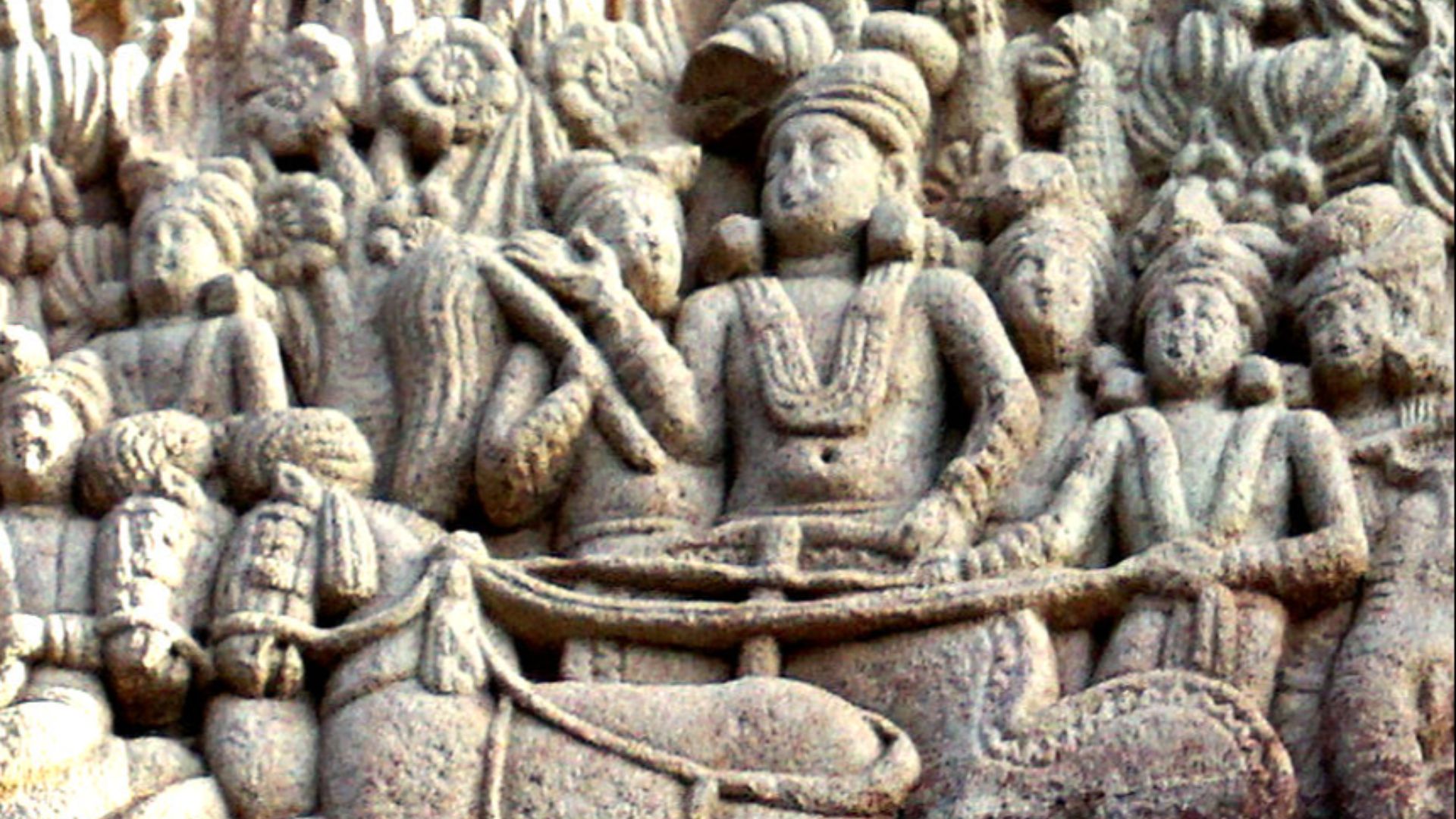 Photo Dharma from Sadao, Thailand on Wikimedia
Photo Dharma from Sadao, Thailand on Wikimedia
18. The Berbers: North Africa
Berbers are indigenous to North Africa and have played a key role in trade and military history. They founded the Almoravid and Almohad dynasties, which controlled vast regions of Spain and Africa. Ever wondered how they influenced the spread of Islam in the West?
19. The Moche: Peru
The Moche civilization, flourishing on Peru’s northern coast, was known for its remarkable craftsmanship in pottery and metallurgy. Their vivid, lifelike ceramics depicted scenes of daily life and myth, showing a culture obsessed with fertility and human sacrifice.
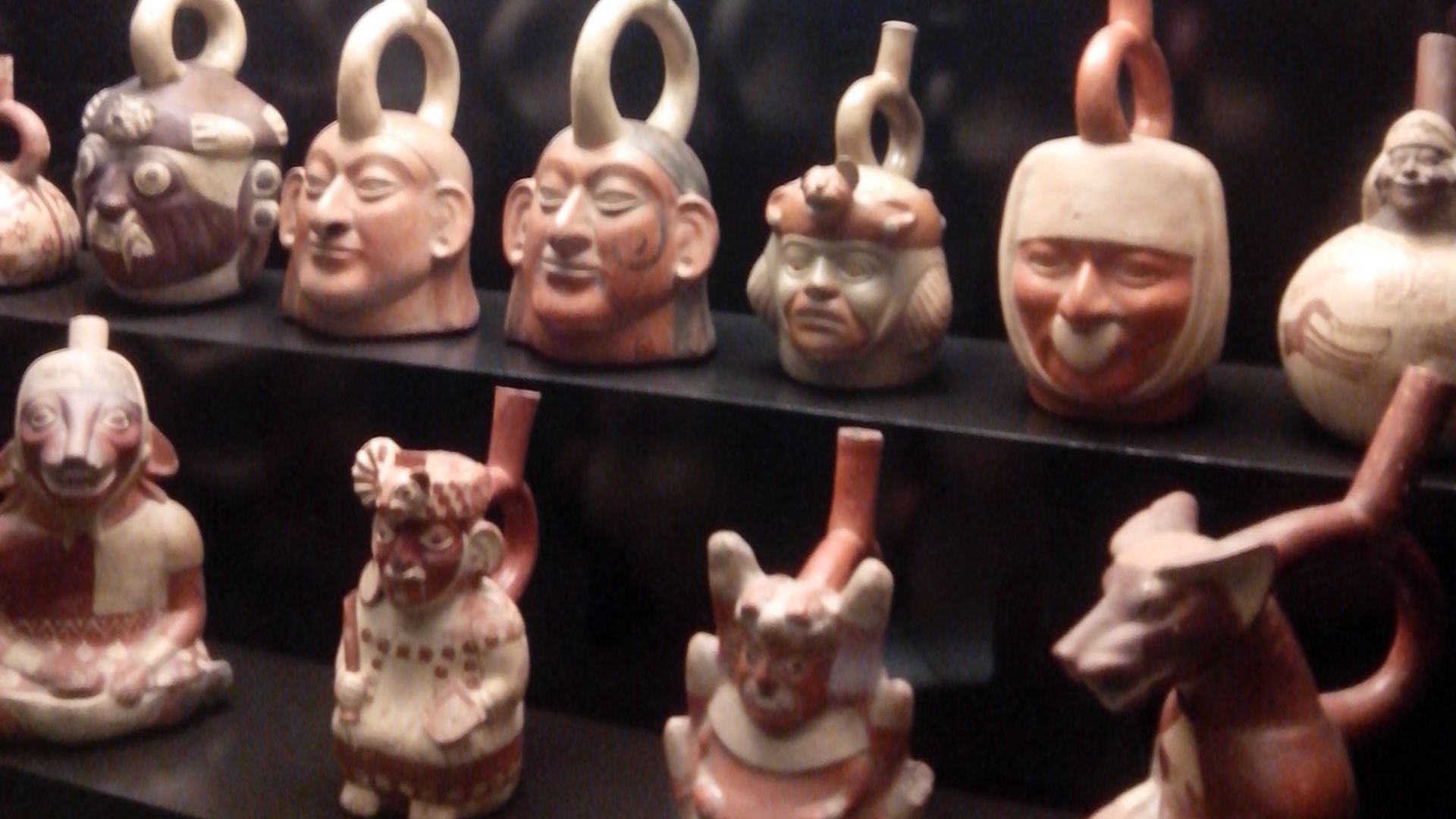 Miguel Alan Córdova Silva on Wikimedia
Miguel Alan Córdova Silva on Wikimedia
20. The Epirote Greeks: Greece/Albania
This one on the list, often overshadowed by Sparta and Athens, was famed for its warrior culture. King Pyrrhus, one of their most famous rulers, led them in costly victories against the Romans. His "Pyrrhic victory" became a term for success at an unreasonably high cost.
KEEP ON READING

The Woman Without A Name
Mary Doefour was the woman without a name. In 1978,…
By Robbie Woods Dec 3, 2024
The 10 Worst Generals In History
Bad Generals come in all shapes and sizes. Some commanders…
By Robbie Woods Dec 3, 2024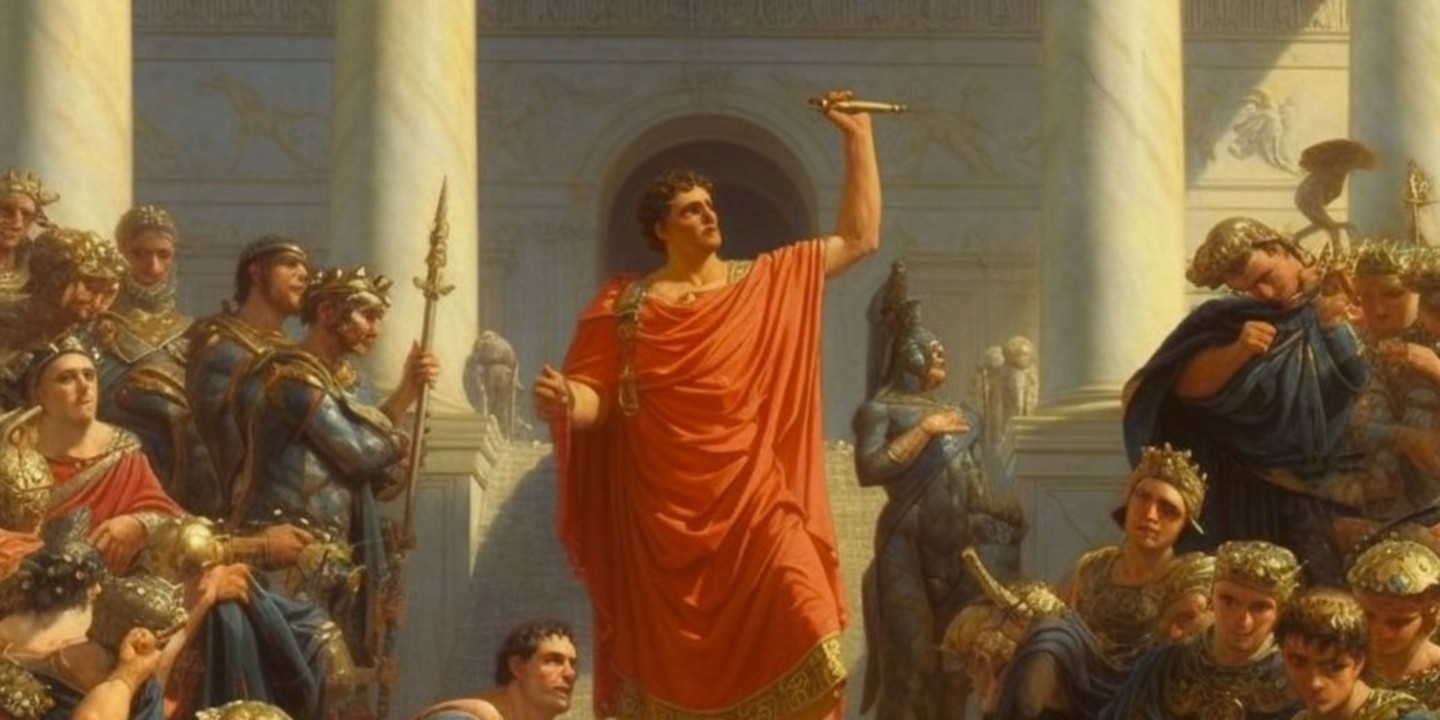
10 Historical Villains Who Weren't THAT Bad
Sometimes people end up getting a worse reputation than they…
By Robbie Woods Dec 3, 2024
One Tiny Mistake Exposed A $3 Billion Heist
While still in college, Jimmy Zhong discovered a loophole that…
By Robbie Woods Dec 3, 2024
The Double Life And Disturbing Death of Bob Crane
Bob Crane was the star of Hogan's Heroes from 1965-1971.…
By Robbie Woods Dec 3, 2024
The Most Surprising Facts About North Korea
North Korea may be the most secretive state in the…
By Robbie Woods Dec 3, 2024

